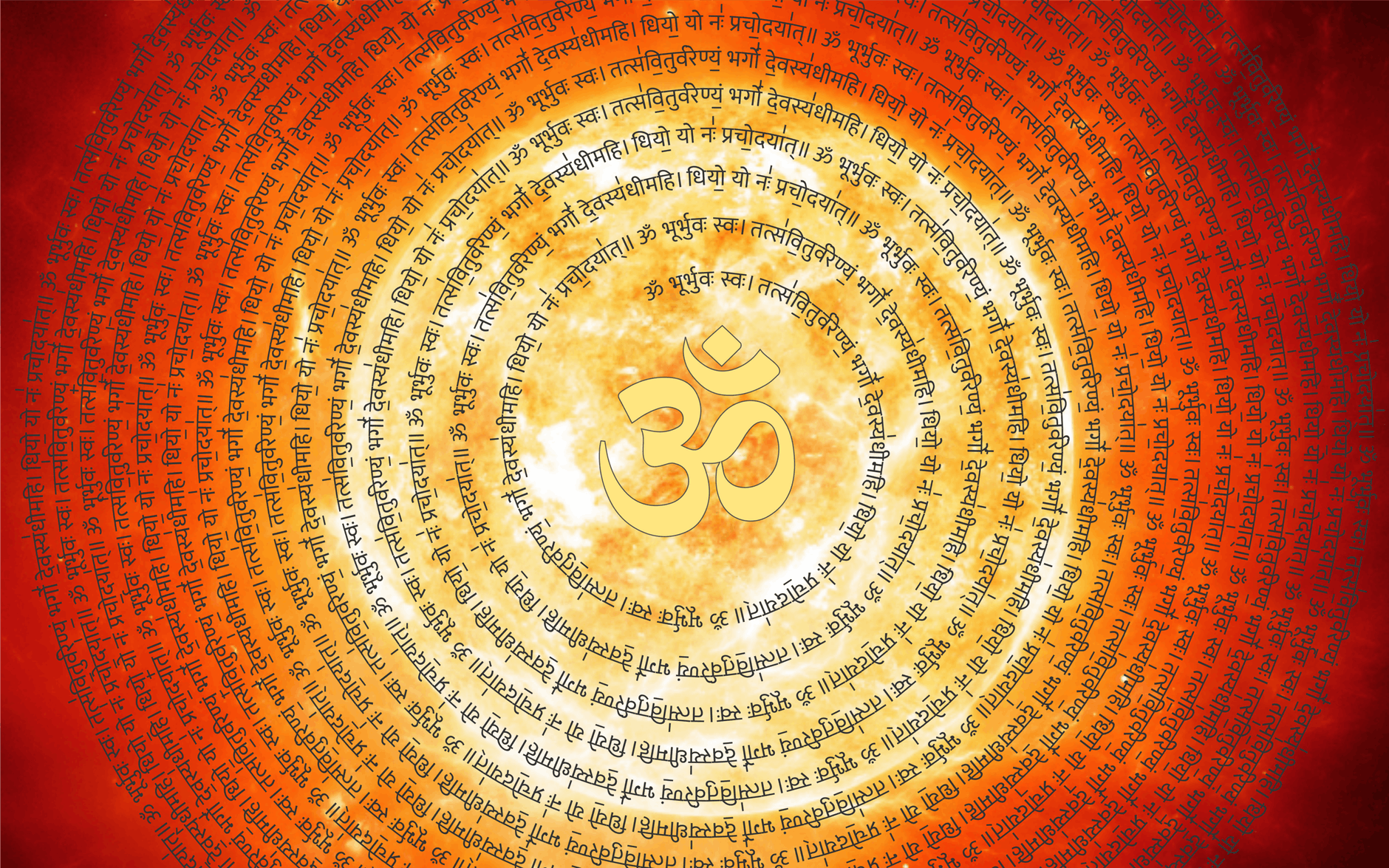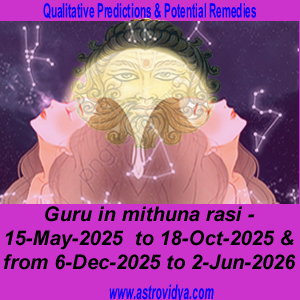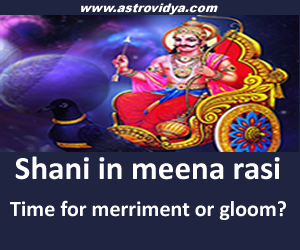


Open Sesame
Write-ups at a glance
Write-ups at a glance
Search by Google:



Disclaimer: All material on the site, www.astrovidya.com are for entertainment purposes only and no guarantee is implied as to the accuracy of contents or advertisements contained in or linked to this website. The contents are based on ancient cannons of astrology and should not be interpreted as legal, financial, political, religious, ethical, medical, psychological, psychiatric or any other specialist advice. The user is wholly responsible for his choices, decisions, judgments and risks. In no event shall the site be liable for any direct, indirect, incidental, punitive or consequential damages of any kind whatsoever with respect to its service, materials and products. By using the services you confirm that you are over 18 and that you understand and agree with these terms of Disclaimer. If you disagree with any part of these terms and conditions, please egress the website.

Sandhyavandana is a ritual performed by all twice-born (dwija) of Hinduism in the trivarnas i.e. brahmana, vaishya and khatriya, the practice is not restricted only to brahmins! The boys in these trivarnas are introduced to this practice is a ceremony called as upanayana. Guru or the father of the native will initiate the vathu (boy) with the sacred gayatri mantra. Either the guru, father or the vathu should gave gurubala (transit of guru in 2nd, 5th, 7th, 9th or 11th from chandra rasi). As an indication that the boy has been initiated to the practice of gayatri, he is given a sacred thread (yagnopaveeta / brahmasutra / upaveeta / gayatri / pavitra) that consists of three separate threads tied in a knot, that rests on his left shoulder and flows to right side of the body, under the right armpit. This is similar to parsis too, with the difference that parsis wear the sacred thread around their waist. The students and bachelors (unmarried, so to say) wear one yagnopaveeta, grihasta (married person wears) two, three or four depending on the vedas and sutras.
RIGVEDEEYA SANDHYA VANDANA
Sanyasis like hamsa, paramahamsa, parivrachaka renunce yagnopaveeta as they do not belong to any of the classes. Even gods wear yagnopaveeta, in pooja of female god also, upaveeta is offered as a part of worship. In rudra prashna, Lord Shiva is praised as नमो हरिकेशयोपवीतने. This sacred thread is worn throughout the life and removed and a new one is immediately put in its place when the old one is torn out the wearer becomes impure due to birth, death and other such events in the family. Generally, old yagnopaveeta is changed once in three months (ritu). From the initiation to gayatri daily bath, sandhyavandana, japa (meditation) and adhyayana (study) become imperative - merely wearing yagnopaveeta does not suffice. From the day the boy is initiated to the practice of gayatri, he has to perform a ritual called sandhyavandana, three times a day - dawn, noon and dusk. Sandhyavanda is the salutation to the Goddess Sandhya, a part of Gayatri and Saraswati. Other names of this Goddess is found at gayatryavahana. At the change of environment the mind assumes tranquility, sandhya is performed during these times. If you do not know how to do sandhya, if you belong to other religious faiths, then also use these junction periods to worship your God in your own fashion.
Sandhyavandana and for that matter the pooja as performed today, was not a vedic practice. The procedure for performance of sandhya, pooja and other rituals are found in grihya sutras. Sandhyavandana, pooja etc., use extensively the relevant portions from the vedas and so the practice is not avedic. Vedas, the ancient being rigveda are collection of poetry - some in praise of Gods, nature, description of household duties, situations, life style, history, ancient science, incantations (as in atharva veda) etc., Vedas, niruktas, brahmanas, aranyakas, sutras, Upanishads, smrutis and bhashyas are important pillars of Hindu religion and are supplementary to the vedas. The procedure of sandhyavanadana and other rituals are found in grihya sutras. Sandhyavanda mainly consists of three stages - purification, offering of water (arghya) and finally recitation of gayatri mantra. There are slight variations between pratah sandhya, madhanika sandhya and sayam sandhya, the rituals performed three times. A session of sandhayvandana begins with achamana - praising of God in various names. This achamana is done several times in the course of sandhya. This is followed by pranayama (mantra sahita), wherein gayatri mantra is used in breathing exercise. Nadi shuddhi pranayama is most suitable for this purpose. Sankalpa, a decision making is the done thrice - for performance of sandhya, for offering arghya and prayer to Gayatri "ओं भूर्भुवस्सुव। ओं तत्सवितुर्वरेण्यं भर्गोदेवस्य धीमहि। धियो योनः प्रचोदयात्॥".
Before recitation of gayatri, the goddess is invoked through gayatri avahana mantra, karanyasa and angansyasa and dhyana (meditation). The main part of sandhya vandana is recitation of gayatri mantra, generally gayatri is recited 32, 64 or 108 times but some prefer to recite 10, 28, 108 or 1008 times. When these practices started, there was any ban on ladies performing sandhya. But in later years, the commentators like Yaska, Sayana and others held that sandhya should not be performed by the ladies as they have certain 'unclean' body functions. This is the same in all the religions, they look up at the sky for inspiration and disregard a fellow human being. Vedic culture is great but was it right to treat a single race or gender as subservient and deprive religious rights, education and basic needs. His teacher initiated gayatri mantra to Sri Madhva charya and said that it is sacred and should not fall into the hands of undesirables. Sri Madhva charya shouted the mantra from the top of Channakeshava temple in Belur for the benefit of all others! Yet, in his commentary on vedas, Sri Madhva is silent whether ladies can practice sandhya.
Sandhyavandana and for that matter the pooja as performed today, was not a vedic practice. The procedure for performance of sandhya, pooja and other rituals are found in grihya sutras. Sandhyavandana, pooja etc., use extensively the relevant portions from the vedas and so the practice is not avedic. Vedas, the ancient being rigveda are collection of poetry - some in praise of Gods, nature, description of household duties, situations, life style, history, ancient science, incantations (as in atharva veda) etc., Vedas, niruktas, brahmanas, aranyakas, sutras, Upanishads, smrutis and bhashyas are important pillars of Hindu religion and are supplementary to the vedas. The procedure of sandhyavanadana and other rituals are found in grihya sutras. Sandhyavanda mainly consists of three stages - purification, offering of water (arghya) and finally recitation of gayatri mantra. There are slight variations between pratah sandhya, madhanika sandhya and sayam sandhya, the rituals performed three times. A session of sandhayvandana begins with achamana - praising of God in various names. This achamana is done several times in the course of sandhya. This is followed by pranayama (mantra sahita), wherein gayatri mantra is used in breathing exercise. Nadi shuddhi pranayama is most suitable for this purpose. Sankalpa, a decision making is the done thrice - for performance of sandhya, for offering arghya and prayer to Gayatri "ओं भूर्भुवस्सुव। ओं तत्सवितुर्वरेण्यं भर्गोदेवस्य धीमहि। धियो योनः प्रचोदयात्॥".
Before recitation of gayatri, the goddess is invoked through gayatri avahana mantra, karanyasa and angansyasa and dhyana (meditation). The main part of sandhya vandana is recitation of gayatri mantra, generally gayatri is recited 32, 64 or 108 times but some prefer to recite 10, 28, 108 or 1008 times. When these practices started, there was any ban on ladies performing sandhya. But in later years, the commentators like Yaska, Sayana and others held that sandhya should not be performed by the ladies as they have certain 'unclean' body functions. This is the same in all the religions, they look up at the sky for inspiration and disregard a fellow human being. Vedic culture is great but was it right to treat a single race or gender as subservient and deprive religious rights, education and basic needs. His teacher initiated gayatri mantra to Sri Madhva charya and said that it is sacred and should not fall into the hands of undesirables. Sri Madhva charya shouted the mantra from the top of Channakeshava temple in Belur for the benefit of all others! Yet, in his commentary on vedas, Sri Madhva is silent whether ladies can practice sandhya.
There were at least twelve women saints (rishis) in the times of rigveda. In the liberalized world, many ladies do perform purohitya (priesthood) in Maharastra and Britain. They have carved a respectful positions for themselves, Hindus are broad minded. When they are clean and are able to concentrate, why should not they do sandhya? When ladies are treated equal in all respects - in sports, military etc., why not in religion? Arya samaj takes up initiation of gayatri mantra to ladies also. Men these days do not do sandhya and also prevent their ladies from doing any thing religious. I know a household which has a saligrama (sacred pebble found in certain rivers in India). Men in the family do not know and care not to worship. Ladies in the household are prevented to do any mantra purvaka (with mantras) pooja to saligrama but they light up deepas and mutter a brief song. The family is proud to keep ancient saligrama handed down to them through their forefathers. The oil stains and cockroaches too have stayed and flourished there since generations! Such is the state of sandhya, pooja and religion in 20th century Brahmin household, which is supposed to be the custodian of religion!

Brahmins are minority in India. Some of them disown their tradition and culture and indulge in eating non-vegetarian and take alcoholic drinks. They want to socialize with others to undo their guilt of vedic times. They go so far to renounce their 'shishta bhasha' (refined language) to acquire 'gramya' (rustic language) that they are one with others! There are other Brahmins who are old fashioned in their tradition and refuse to adopt to modern times but have thrown out their precious religious knowledge and holly books to US and Germany and keep the dry skin of banana. The caste system was not the making of only Brahmins, but then what the kings belonging to other sects, were doing? The caste system was the combined responsibility of all - kshatriyas, vaishays and others. For that matter, Brahmin community did not rule India, since historic times. My friend said, "Mankind is guilty of putting the Son of God to cross and so you too share this guilt". I said, "I was not there when Jesus was crucified nor Mahatma Gandhi was shot dead, I was not the one who plotted their elimination. Even today, I do not wish to kill them. Then how is that I carry the guilt?". Discrimination, slavery and untouchability are crimes against humanity - whether they were perpetuated by Brahmins or Americans, Arabs or Africans.
The present day Brahmins not being part of it, need not feel the guilt. Let them regain their lost glory by doing sandhya, pooja and other religious practices, granting same religious privilege to ladies as well. Let others so far deprived the knowledge of vedas, take up this practice - God does not distinguish between a Brahmin, Parsi, Christian or a cobbler. If you do not belong to Hindu fold, devote this sandhya time for some religious practices like reading your religious texts or meditation. I have showcased here the procedure for sandhya vandana, as it is practiced by rigvedis, as I belong to rigveda. The deviations for madhaynika and sayamsandhya are also given here. The sandhya vandana procedure for other vedic followers is also similar with slight differences here and there.
The present day Brahmins not being part of it, need not feel the guilt. Let them regain their lost glory by doing sandhya, pooja and other religious practices, granting same religious privilege to ladies as well. Let others so far deprived the knowledge of vedas, take up this practice - God does not distinguish between a Brahmin, Parsi, Christian or a cobbler. If you do not belong to Hindu fold, devote this sandhya time for some religious practices like reading your religious texts or meditation. I have showcased here the procedure for sandhya vandana, as it is practiced by rigvedis, as I belong to rigveda. The deviations for madhaynika and sayamsandhya are also given here. The sandhya vandana procedure for other vedic followers is also similar with slight differences here and there.
Bengali
Sanskrit
Gujarati
Telugu
English
Malayalam
Kannada
Oriya
Punjabi
Tamil
Sandhya Vandana Mantras in















